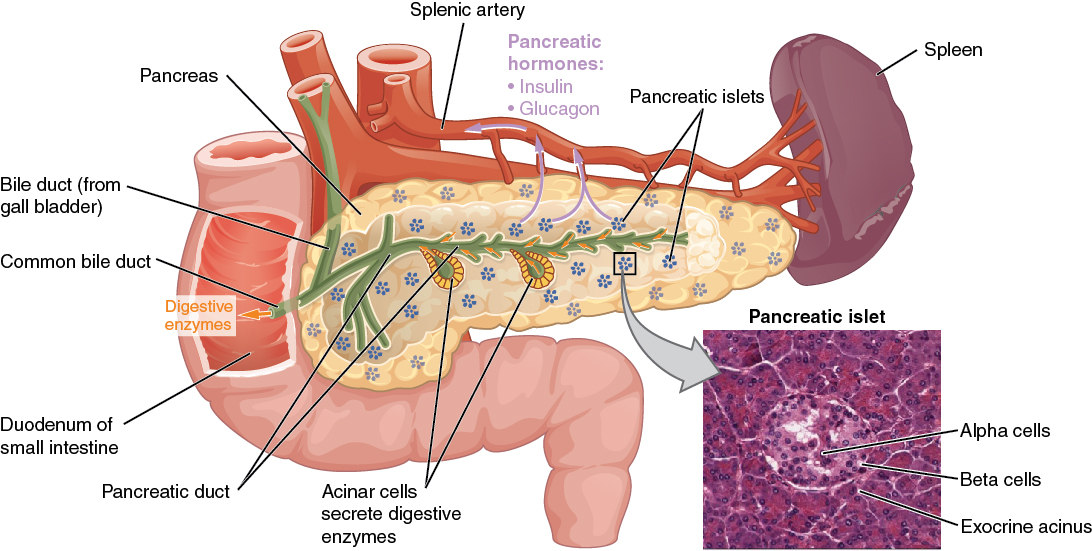
Pancreas Anatomy, Functions, and Diseases Medical Library
The pancreas is a composite organ, which has exocrine and endocrine functions. The endocrine portion is arranged as discrete islets of Langerhans, which are composed of five different endocrine cell types (alpha, beta, delta, epsilon, and upsilon) secreting at least five hormones including glucagon, insulin, somatostatin, ghrelin, and pancreatic polypeptide, respectively.
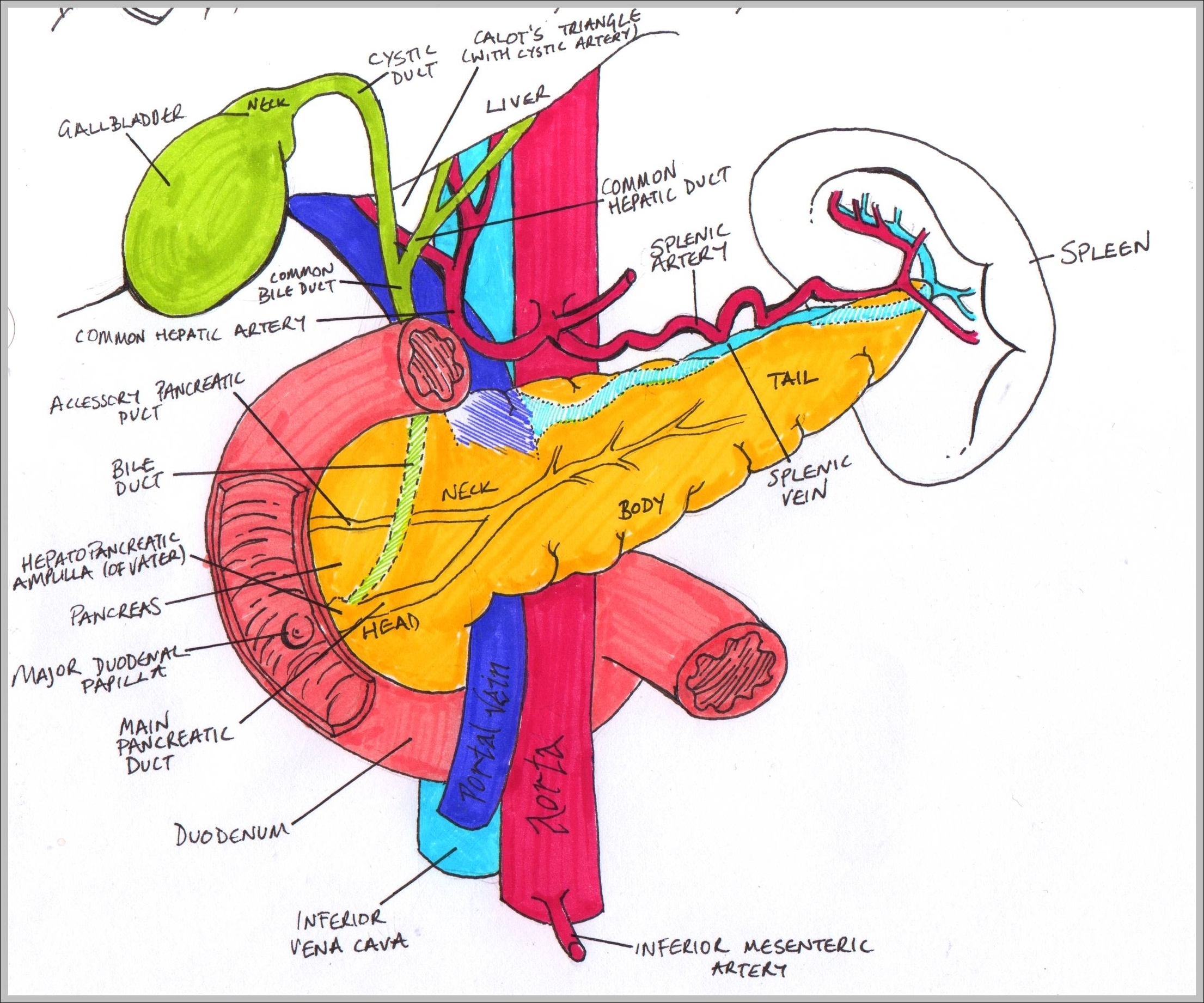
pancreas Archives Graph Diagram
2.1 Anatomie. Le pancréas comprend 4 parties : Tête : contre le duodénum. Col : partie rétrécie qui relie la tête au corps. Corps : partie moyenne qui relie le col à la queue. Queue : extrémité en forme de pointe. Le pancréas a 2 conduits excréteurs : Conduit pancréatique principal de Wirsung : naît au niveau de la queue du.
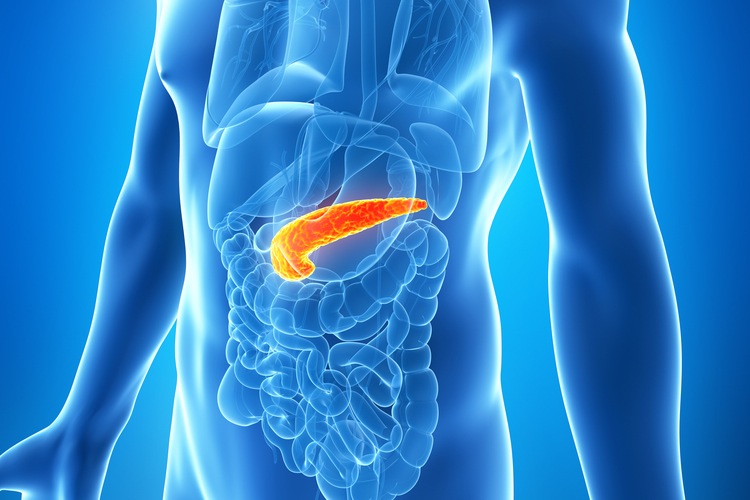
Pancreas Function, Location & Diseases Live Science
The pancreas is an organ in the back of your abdomen (belly). It is part of your digestive system. The pancreas is an organ and a gland. Glands are organs that produce and release substances in the body. The pancreas performs two main functions: Exocrine function: Produces substances (enzymes) that help with digestion.
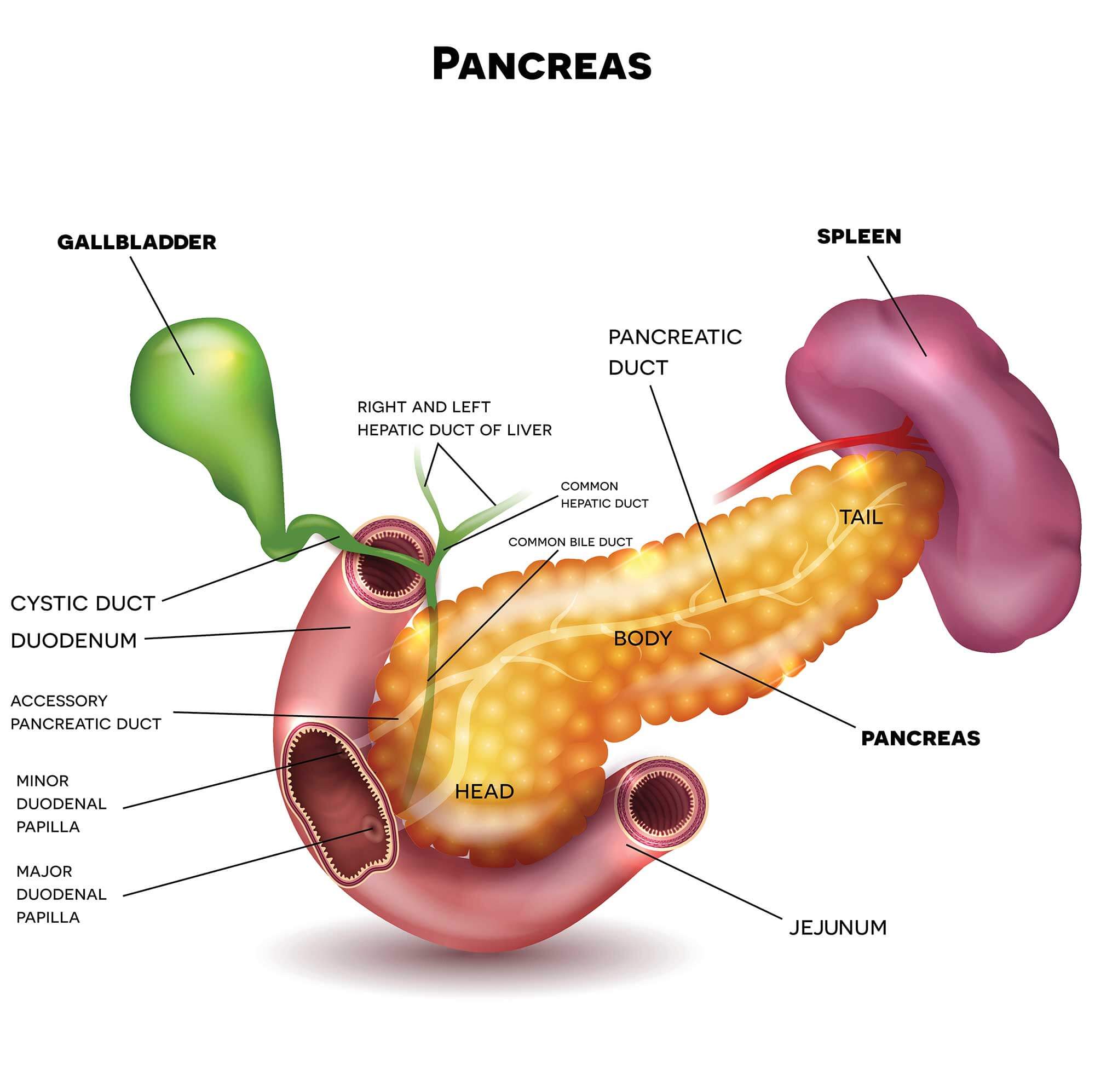
Pancreatic Cancer Types Johns Hopkins Medicine
A retenir. Le pancréas a un double rôle : produire les sucs gastrique et réguler la glycémie. Le pancréas est une glande qui mesure 15 cm de long sur 4 cm de large. Un dysfonctionnement de la production d'insuline par le pancréas est la cause du diabète. Le cancer du pancréas touche en priorité les diabétiques et les personnes.

Anatomie physiologie du pancréas .PDF ETUDEAZ
Le pancréas est un organe vital de l'organisme. Cette glande possède plusieurs fonctions sécrétrices, notamment essentielles à la digestion des aliments et à la régulation de la glycémie.
:max_bytes(150000):strip_icc()/pancreas-GettyImages-478188049-5707ce105f9b581408d9a676.jpg)
L'anatomie du pancréas Fmedic
Overview. The pancreas is a large, mixed gland composed of five parts: the head, uncinate process, neck, body and tail. The location of the pancreas is mostly retroperitoneal, except for the tail.This organ extends from the C-shaped curve of the duodenum, passes behind the stomach and finishes at the hilum of the spleen.Several pancreatic ducts extend throughout the pancreas, emptying the.
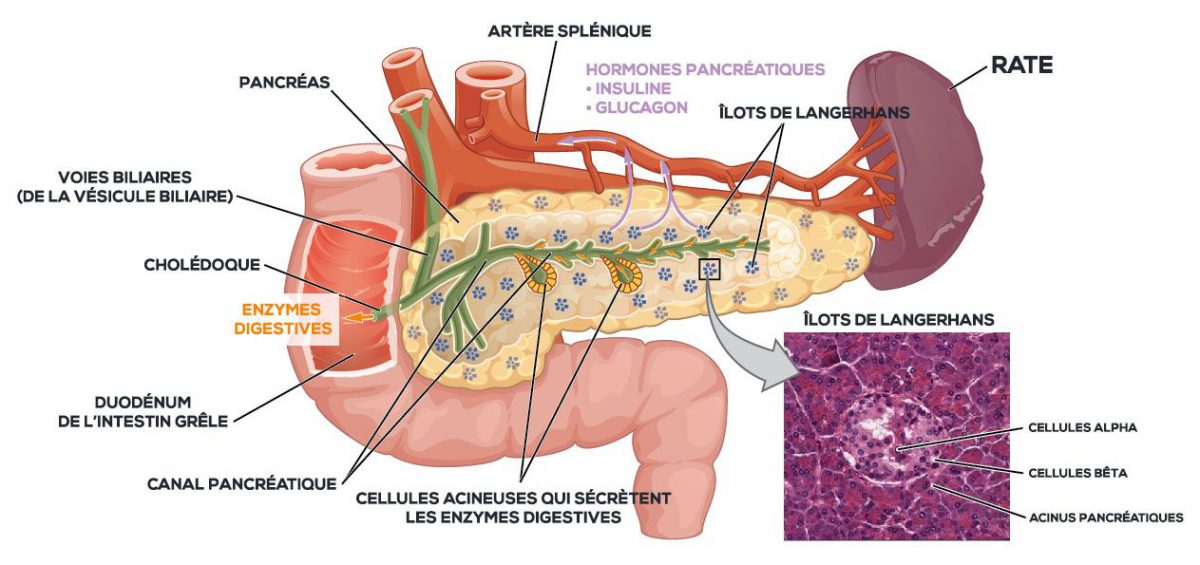
Pancréas Unité hépatobiliaire et pancréatique de Strasbourg
The body and neck of the pancreas drain into the splenic vein; the head drains into the superior mesenteric and portal veins. Lymph is drained via the splenic, celiac, and superior mesenteric lymph nodes. Parts of a pancreas: 1: Head of pancreas 2: Uncinate process of pancreas 3: Pancreatic notch 4: Body of the pancreas 5: Anterior surface of.

Qu'estce qu'un cancer du pancréas ? Fondation ARC pour la recherche sur le cancer
Rapid pulse. Upset stomach. Vomiting. Chronic pancreatitis signs and symptoms include: Pain in the upper belly. Belly pain that feels worse after eating. Losing weight without trying. Oily, smelly stools. Some people with chronic pancreatitis only develop symptoms after they get complications of the disease.

Pin on Advanced Pathophysiology
The Body (corpus pancreatis) is somewhat prismatic in shape, and has three surfaces and three borders:The anterior surface (facies anterior) is somewhat concave; and is directed forward and upward: it is covered by the postero-inferior surface of the stomach which rests upon it, the two organs being separated by the omental bursa. Where it joins the neck there is a well-marked prominence, the.

Pancreas Medical anatomy, Human anatomy and physiology, Anatomy
Anatomie du pancréas. Le pancréas est un organe profondément situé dans la cavité abdominale. Il comporte plusieurs parties qui peuvent être réséquées séparément par le chirurgien qui sont de droite à gauche : la tête dont la partie inférieure et gauche est le crochet ou uncus, l'isthme, le corps et la queue. La tête du.

Beating Type 2 Diabetes Give Your Pancreas a Break! Denise A. Pancyrz "Reverse My Diabetes"
The pancreas first appears at approximately 5 weeks of gestation as two outpouchings of the endodermal lining of the duodenum just distal to the forming stomach (Figure 5). The outpouchings are the ventral and dorsal pancreas. The dorsal pancreas grows more rapidly than the ventral pancreas. In addition, the ventral pancreas rotates toward the dorsal pancreas as it is "carried" by the.

Figure 1 from Making β cells from adult tissues. Semantic Scholar
The head is the expanded medial part of the pancreas.It lies directly against the descending and horizontal parts of the C-shaped duodenum which wraps around the pancreatic head. Projecting inferiorly from the head is the uncinate process, which extends posteriorly towards the superior mesenteric artery.Continuing laterally from the head is the neck, a short structure of approximately 2 cm.
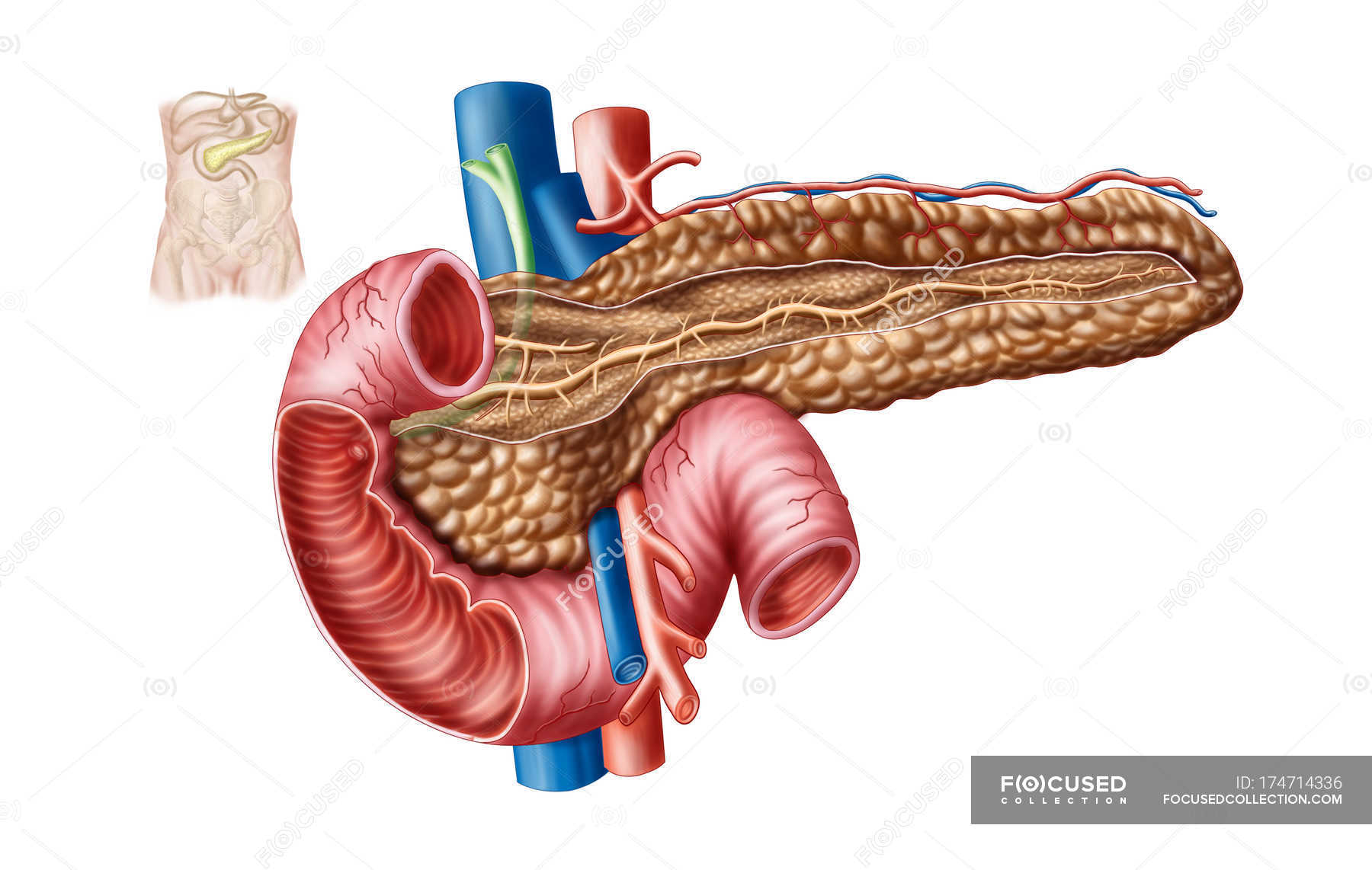
Medical illustration of pancreas anatomy on white background — view, inferior vena cava Stock
The pancreas is an elongated, tapered organ located across the back of the belly, behind the stomach. The right side of the organ—called the head—is the widest part of the organ and lies in the curve of the duodenum, the first division of the small intestine. The tapered left side extends slightly upward—called the body of the pancreas.

Pancreas and stomach anatomy anterior view Medical drawings, Medical
The pancreas is a retroperitoneal gland that facilitates digestion and metabolism. The pancreatic head and uncinate process adjoin the duodenal curvature; its neck positioned posterior to the pylorus and anterior to the portal venous confluence. The pancreatic body lies posterior to the stomach; the tail enters the peritoneum near the splenic hilum. Unique for a foregut organ, the pancreas.
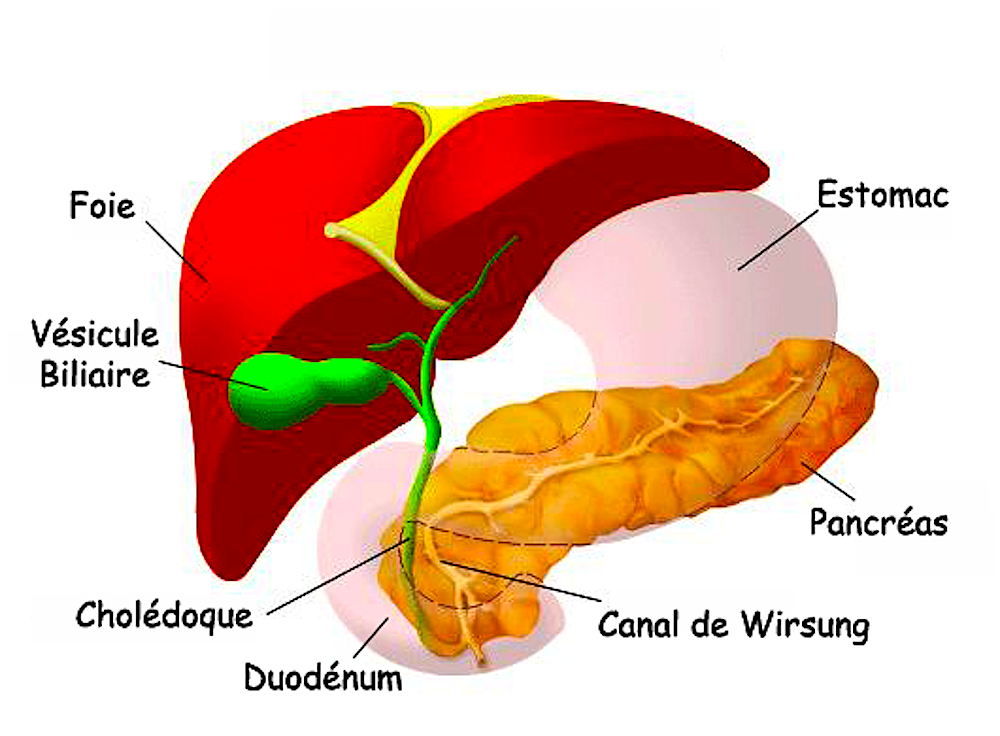
Banque de documents pour les SVT du lycée Rôle du pancréas dans la régulation de la glycémie
Anatomy. The pancreas is an elongated gland located deep within the abdomen, tucked in between the stomach and the spine. One end of the pancreas is wider than the other and is called the head: It sits within the curve of the duodenum (the first part of the small intestine) and is divided into two parts: the head proper and the uncinate process.
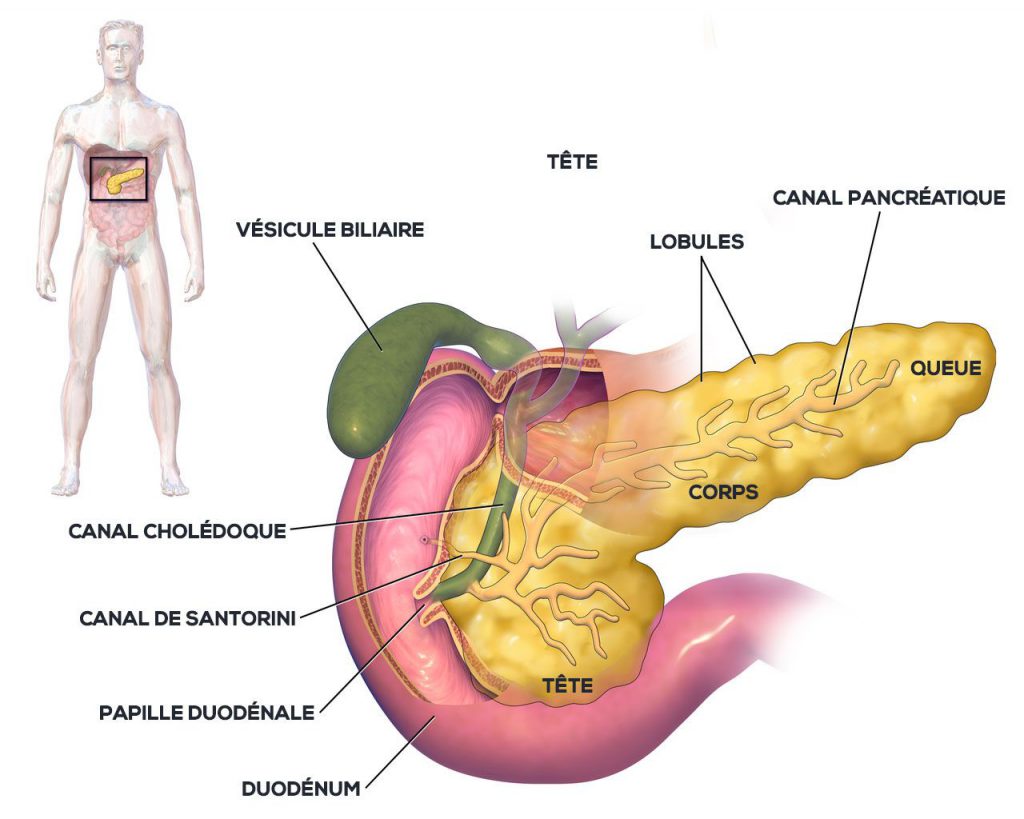
Pancréas Unité hépatobiliaire et pancréatique de Strasbourg
The pancreas is an oblong-shaped organ positioned at the level of the transpyloric plane (L1). With the exception of the tail of the pancreas, it is a retroperitoneal organ, located deep within the upper abdomen in the epigastrium and left hypochondrium regions. Within the abdomen, the pancreas has direct anatomical relations to several structures.